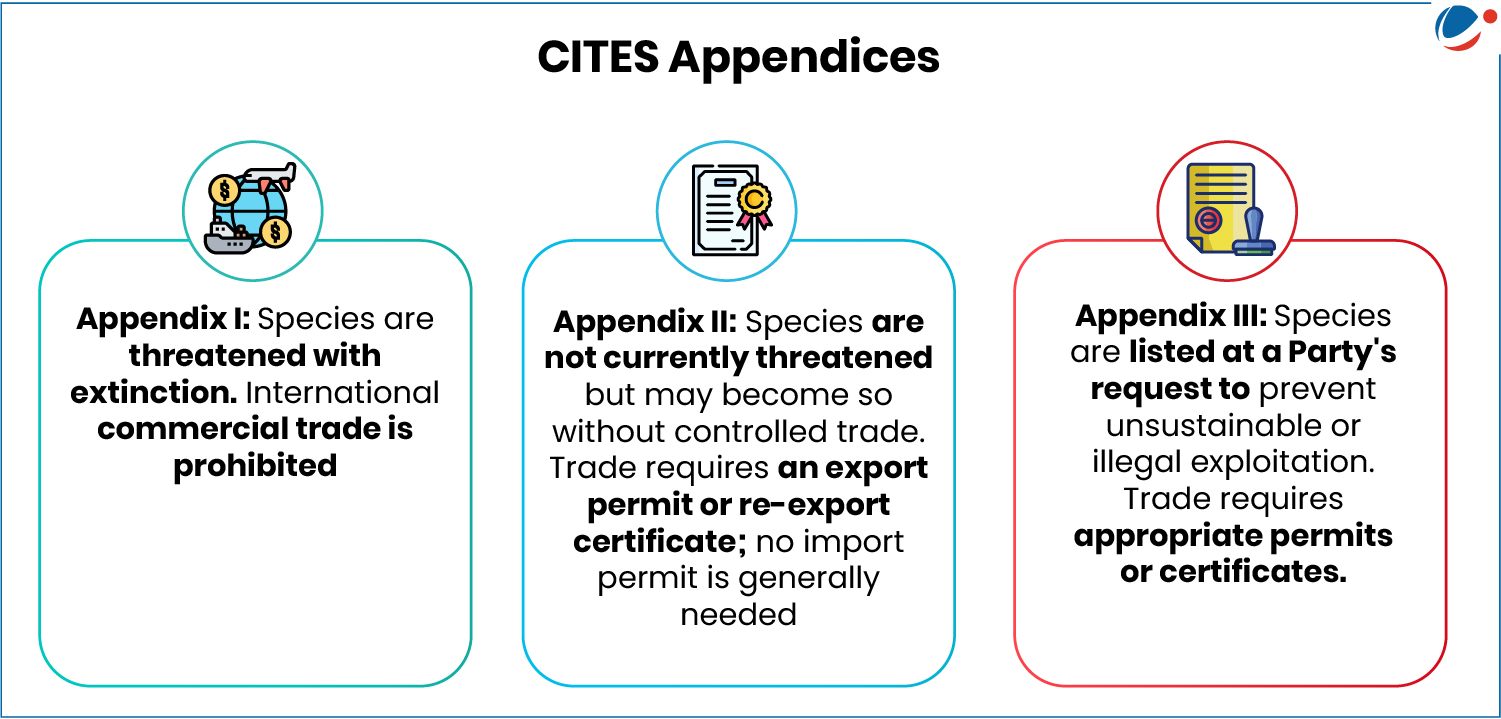The report details CITES-listed rosewood species’ characteristics, ecosystem roles, regeneration rates, and threats.
- Such information will help CITES parties make informed Non-Detriment Findings (NDFs).
- NDF is a mandatory scientific analysis under CITES to ensure that exporting a specified quantity of specimens of Appendix I and II -listed species will not affect their long-term survival in the wild.
Rosewood
- About: ‘Rosewood’ also called as “palisander” encompasses a wide range of tropical hardwoods in the Fabaceae (Leguminosae) family. Rosewood in Appendix II of CITES include:
- Dalbergia latifolia (Malabar rosewood) and Dalbergia Sissoo (Shisham) are found in India and are listed as Vulnerable and Least Concern on IUCN red list.
- African rosewood, native to West African countries, is listed as endangered on IUCN red list.
- Utility: Crafting furniture and musical instruments.
- Role in Ecosystem:
- Soil Improvement: Dalbergia species can improve degraded soil through fast decomposing leaf litter, rich in nitrogen, phosphorus, and carbon.
- Nitrogen Fixation: Some species form symbiotic associations with soil bacteria to fix atmospheric nitrogen.
CITES (Convention on International Trade in Endangered Species of Wild Fauna and Flora)

|



